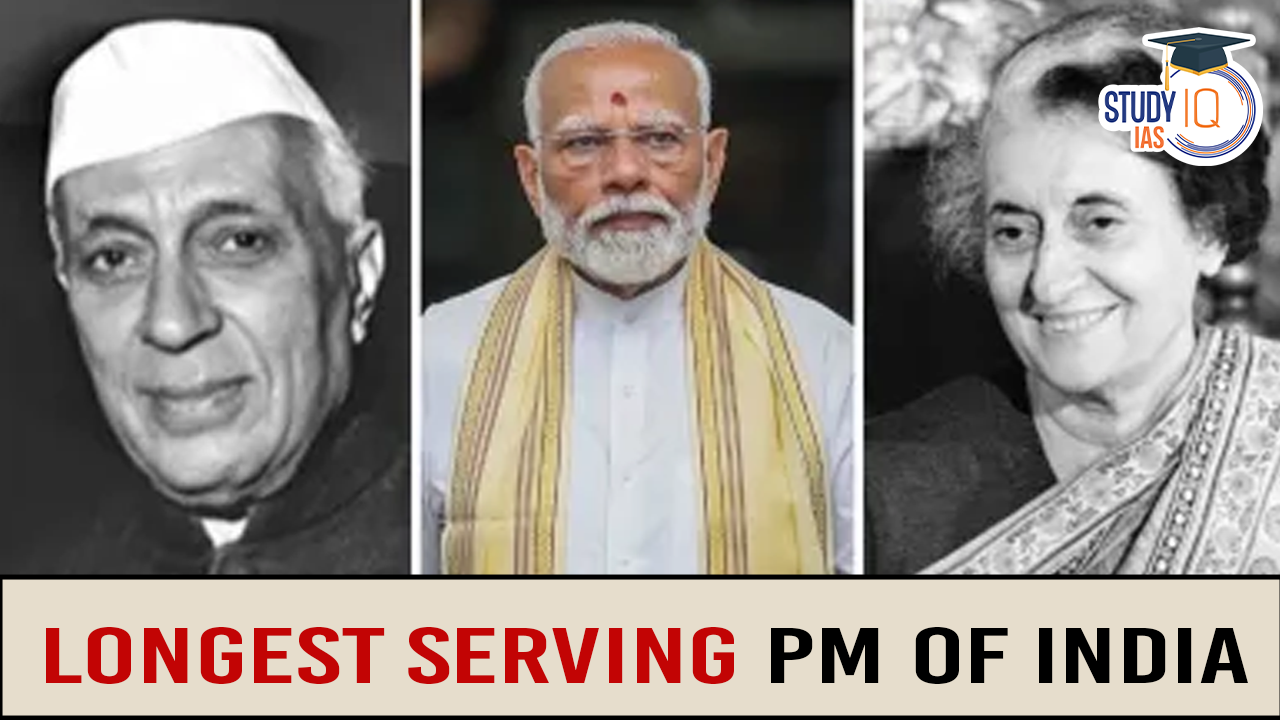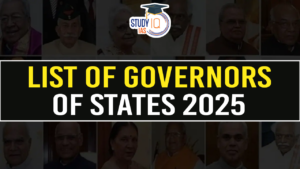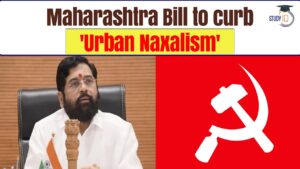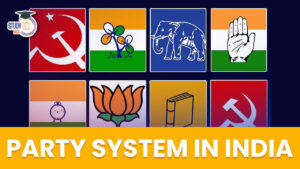Table of Contents
India’s political landscape has been shaped by a series of influential leaders who have left indelible marks on the country’s history. Among these, a few prime ministers have stood out for their long tenures and significant contributions to India’s development and global standing. This article takes a detailed look at the longest-serving prime ministers of India, examining their achievements, challenges, and the legacies they left behind.
Longest Serving Prime Ministers of India
Jawaharlal Nehru has served as the longest Prime Minister of India from 1947 till its death in 1964, a total of 16 Years and 286 days until his death. As India’s first prime minister, Nehru played a crucial role in shaping the nation’s democratic and secular framework, spearheading industrialization, and establishing non-alignment foreign policy during the Cold War. His tenure laid the foundation for modern India’s socio-economic and political landscape.
Jawaharlal Nehru
Tenure: 16 years and 286 days (1947-1964)
Jawaharlal Nehru, the first Prime Minister of independent India, served from 1947 until his death in 1964. A central figure in India’s struggle for independence, Nehru was a close associate of Mahatma Gandhi and played a pivotal role in shaping modern India. His tenure is marked by his efforts to build a secular, democratic, and socialist society.
Achievements:
- Industrialization and Infrastructure: Nehru spearheaded major infrastructure projects, including dams, factories, and educational institutions. His vision laid the foundation for India’s scientific and industrial advancement.
- Non-Alignment Policy: During the Cold War, Nehru’s foreign policy of non-alignment kept India independent of the influence of both the US and the Soviet Union.
- Educational Reforms: Nehru promoted scientific education and established prestigious institutions like the Indian Institutes of Technology (IITs) and the Indian Institutes of Management (IIMs).
Challenges:
- Internal Dissent: Despite his popularity, Nehru faced opposition from within the Congress party and regional parties.
- China-India War: The 1962 war with China was a significant setback, leading to questions about his handling of defense and foreign policy.
Indira Gandhi
Tenure: 15 years (1966-1977, 1980-1984)
Indira Gandhi, the first and only female Prime Minister of India, served two non-consecutive terms. Her leadership was marked by both progressive initiatives and controversial decisions.
Achievements:
- Green Revolution: Gandhi’s policies led to the Green Revolution, significantly increasing agricultural production and ensuring food security.
- War with Pakistan: Her leadership during the 1971 war with Pakistan resulted in the creation of Bangladesh, enhancing her popularity.
- Poverty Alleviation Programs: She launched various initiatives aimed at reducing poverty and improving social welfare.
Controversies:
- Emergency Period (1975-1977): The declaration of the Emergency, during which civil liberties were suspended and political opponents jailed, remains a dark chapter in India’s history.
- Assassination: Gandhi was assassinated in 1984 by her bodyguards, an act of revenge for the military operation at the Golden Temple.
Narendra Modi
Tenure: Ongoing (2014 – present)
Narendra Modi, a prominent leader of the Bhartiya Janata Party (BJP), first assumed office in 2014. Known for his dynamic leadership, Modi has initiated several ambitious programs and reforms. He is the First Non-Congress PM to take an oath third times as Prime Minister of India
Achievements:
- Economic and Infrastructure Development: Modi’s tenure has seen significant investments in infrastructure, including the construction of highways, railways, and urban development projects.
- Social Schemes: Initiatives like Swachh Bharat (Clean India), Make in India, and PM-Kisan (farmer income support) have aimed to improve living standards and boost economic growth.
- Cultural Projects: Emphasis on India’s cultural heritage, including the construction of the Statue of Unity and the Ram Temple in Ayodhya.
Focus Areas:
- Global Engagement: Strengthening India’s global presence through active diplomacy and participation in international forums.
- Economic Revitalization: Efforts to revitalize the economy post-pandemic with a focus on self-reliance and technological advancement.
Manmohan Singh
Tenure: 10 years (2004-2014)
An economist by training, Manmohan Singh served as Prime Minister for two terms. His tenure is noted for economic reforms and efforts to improve education and infrastructure.
Achievements:
- Economic Growth: Singh’s policies led to high economic growth rates and increased foreign investments.
- Right to Education Act: Enacted to provide free and compulsory education to children aged 6 to 14.
- Nuclear Deal with the US: The landmark Indo-US nuclear deal facilitated India’s access to nuclear technology and fuel.
Challenges:
- Corruption Scandals: His tenure was marred by several high-profile corruption scandals, which tainted his administration’s image.
- Coalition Politics: Managing a diverse coalition government posed significant challenges in implementing policies.
Atal Bihari Vajpayee (1996, 1998-2004)
Tenure: Three terms (1996 one brief and 1998-2004 two full terms)
Atal Bihari Vajpayee, a revered leader of the BJP, was the first non-Congress Prime Minister to serve a full term.
Achievements:
- Nuclear Tests: Conducted in 1998, establishing India as a nuclear power.
- Infrastructure Projects: Initiated the Golden Quadrilateral highway network to improve connectivity across the country.
- Peace Initiatives: Efforts to foster peace with Pakistan, including the Lahore Summit and the Agra Summit.
Challenges:
- Kargil War: The 1999 conflict with Pakistan tested his leadership but also bolstered his image as a strong leader.
- Economic Policies: Focused on liberalization and economic reforms, which laid the groundwork for future growth.
Conclusion
The long-serving prime ministers of India have each left a unique legacy, contributing to the nation’s progress and facing distinct challenges. From Nehru’s foundational vision to Modi’s transformative policies, these leaders have shaped India’s journey through decades of change and development. Their tenures reflect the complexities of governing a diverse and dynamic country, highlighting the interplay of vision, policy, and political acumen.
Sharing is caring!


 List of Governor of States in India, Con...
List of Governor of States in India, Con...
 Maharashtra Bill to Curb Urban Naxalism,...
Maharashtra Bill to Curb Urban Naxalism,...
 Party System in India, Feature, Importan...
Party System in India, Feature, Importan...





















